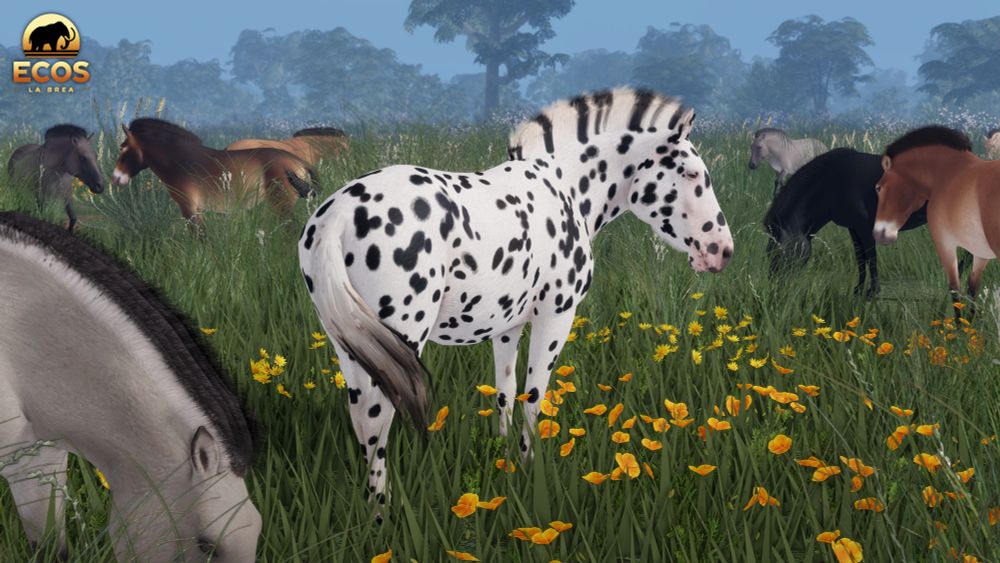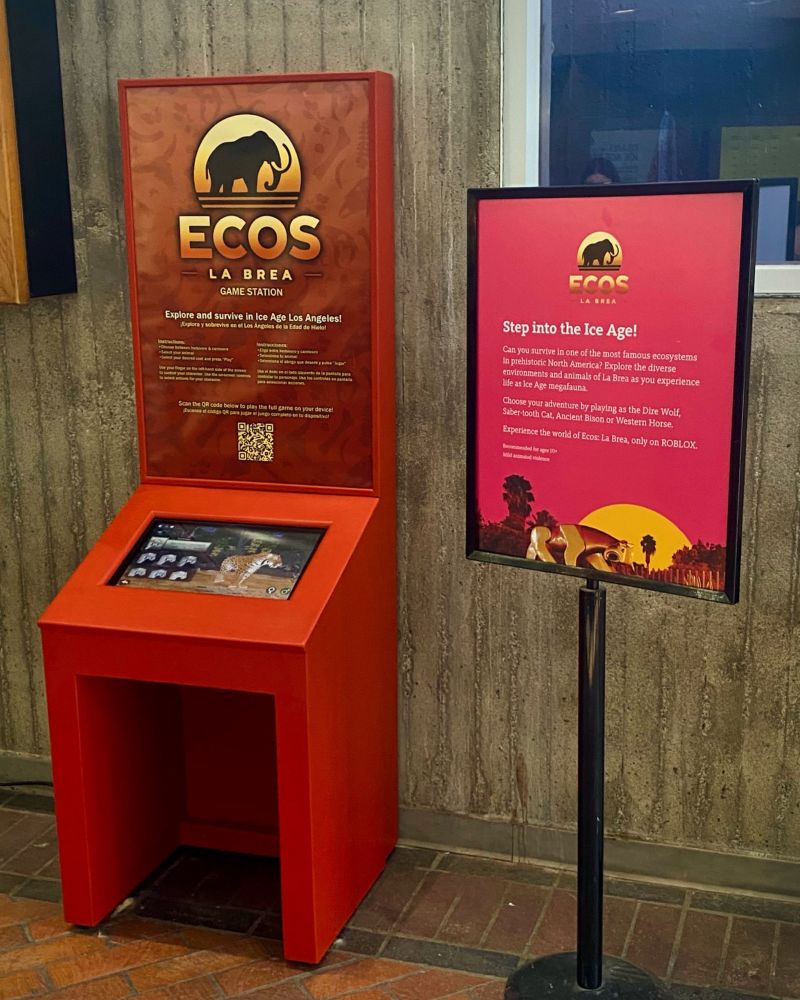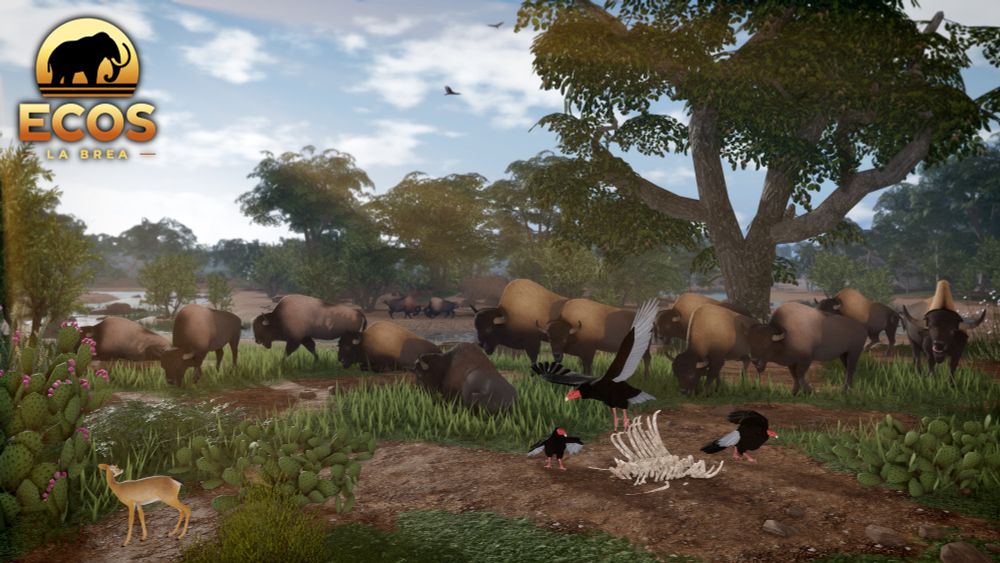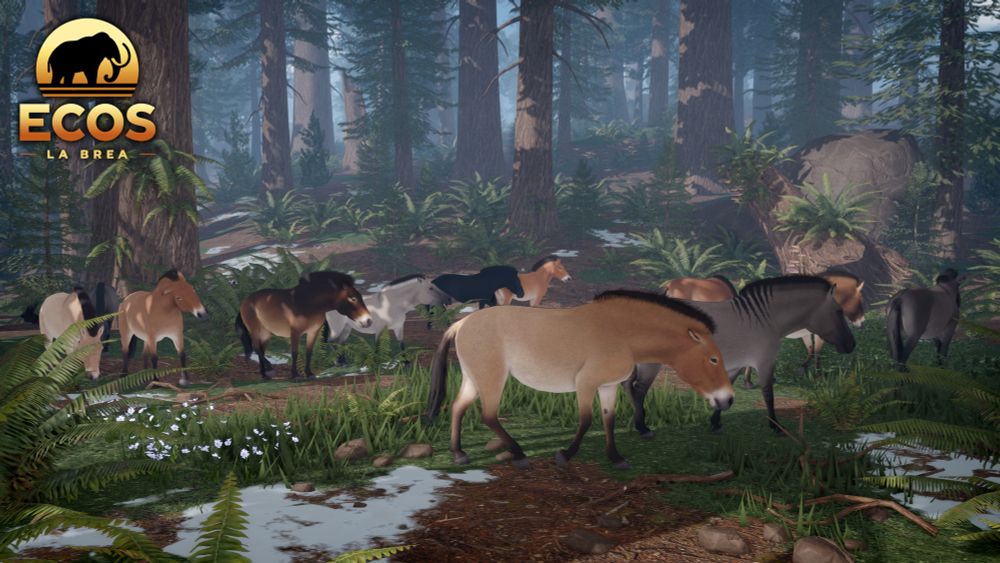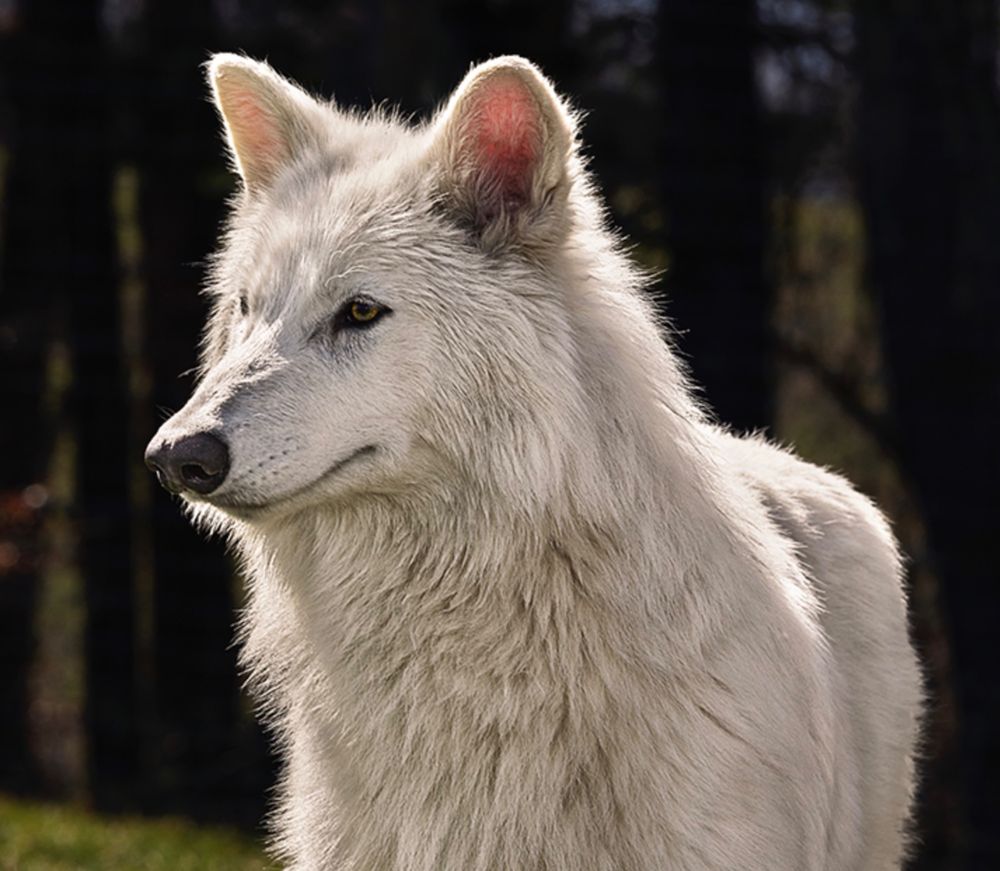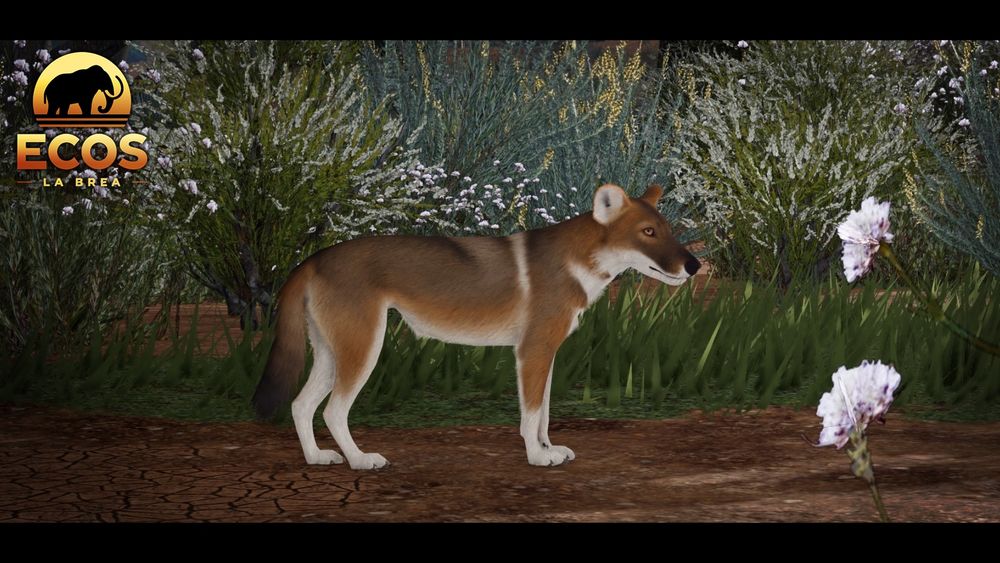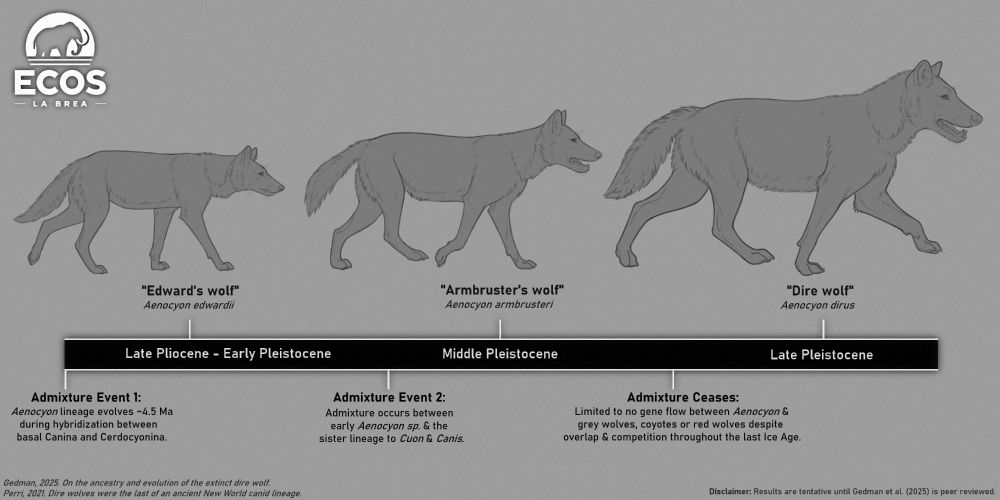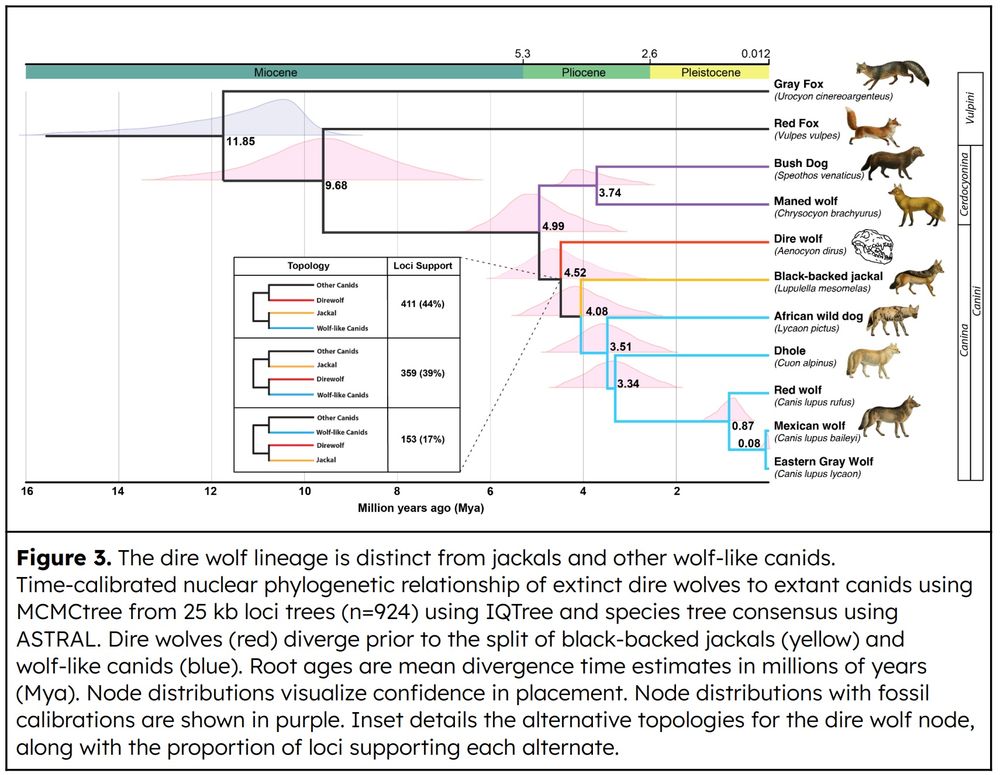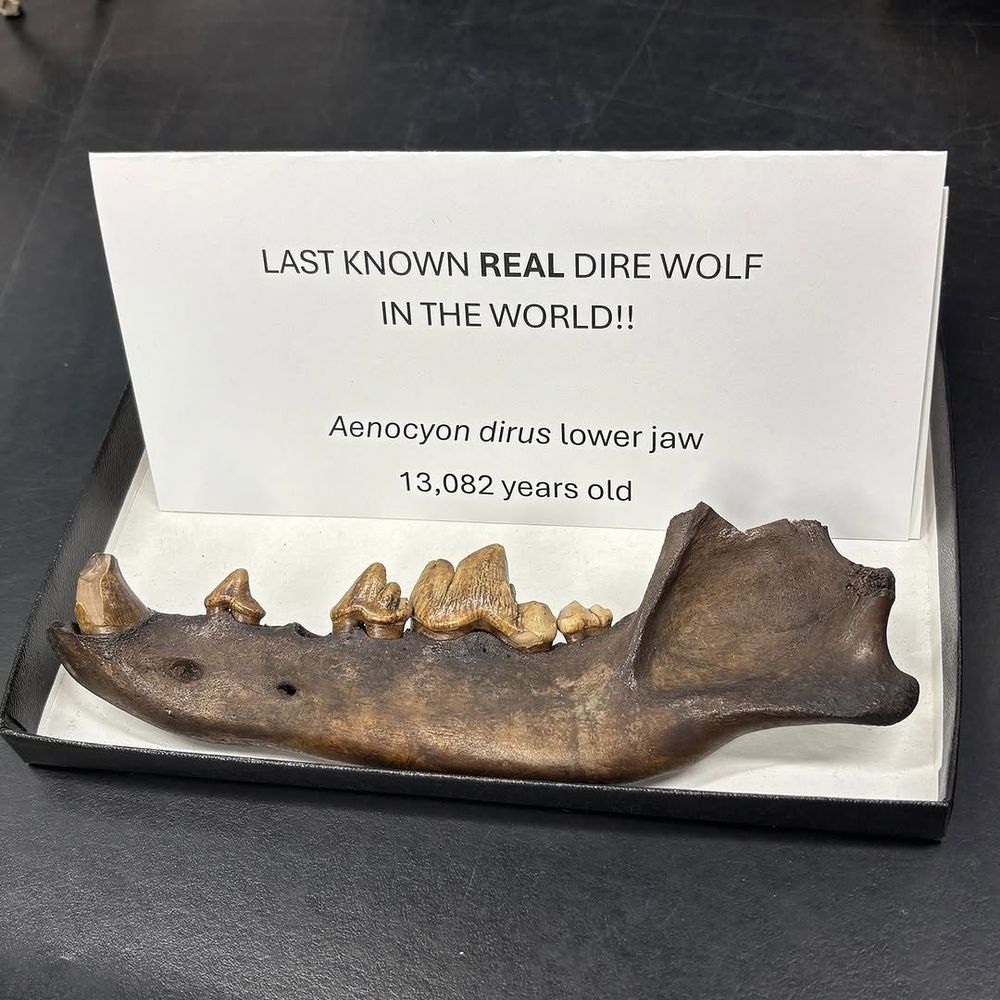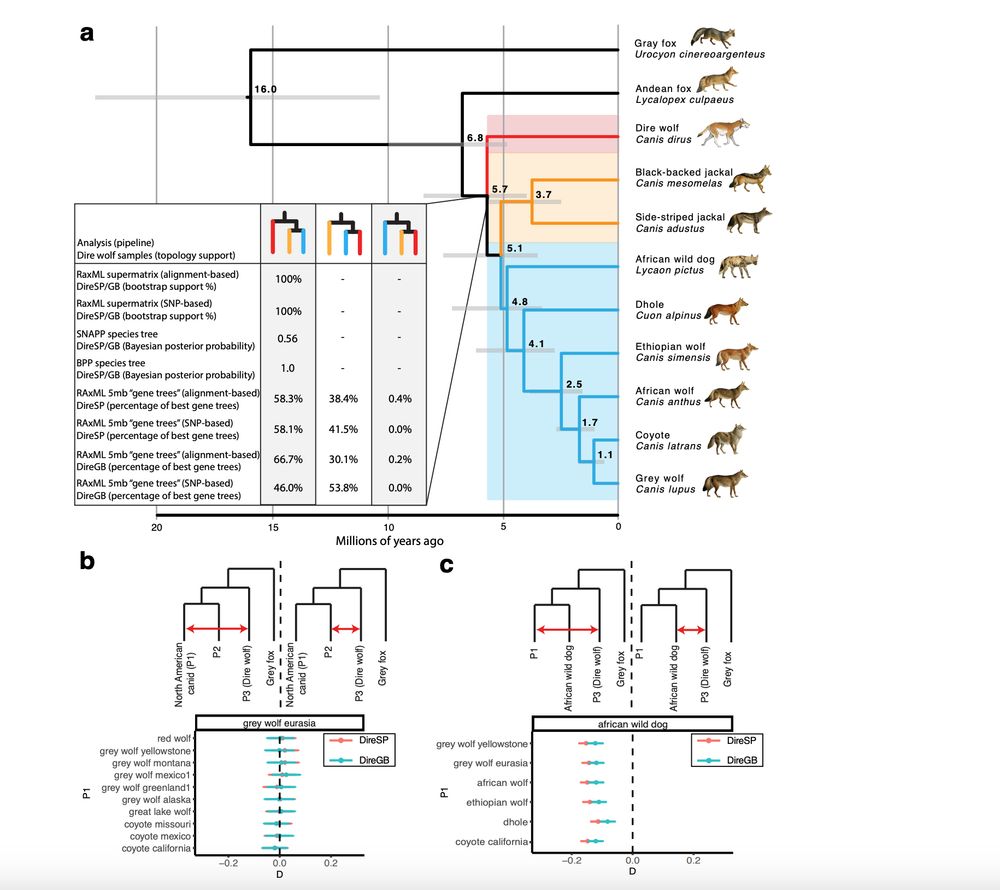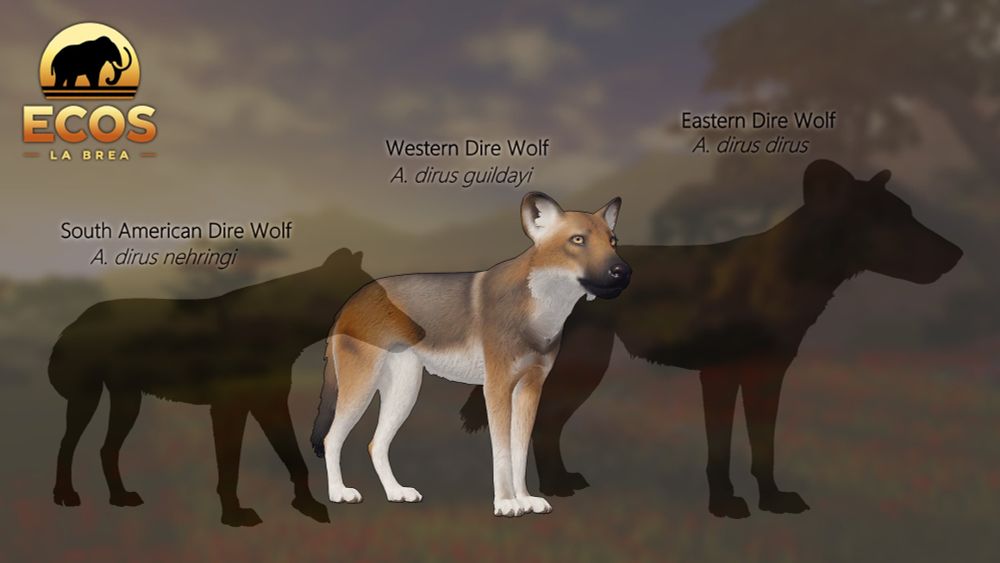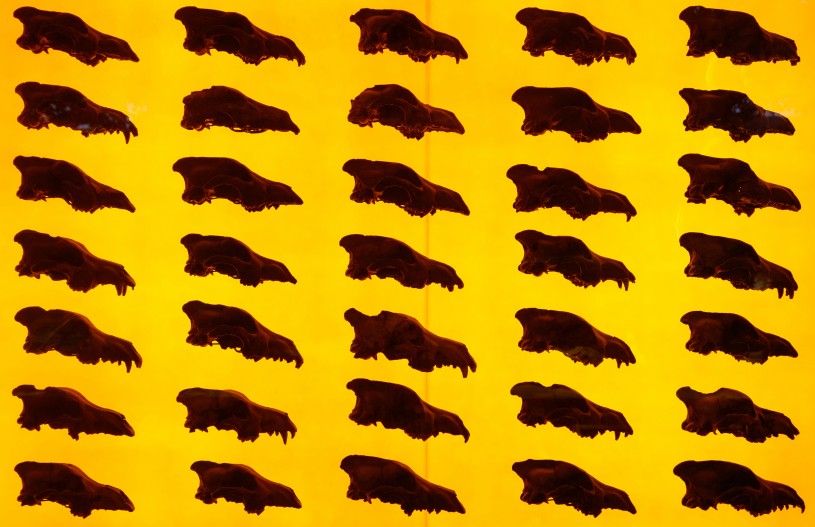Ecos: La Brea
@ecosroblox.bsky.social
400 followers
9 following
45 posts
Get ready to survive in one of the most famous ecosystems in prehistory. Saber-toothed cats and dire wolves prowl the woodlands, while horses and bison roam the prairies. Experience the world of Ecos: La Brea, coming to Roblox in 2024.
Posts
Media
Videos
Starter Packs
Ecos: La Brea
@ecosroblox.bsky.social
· May 2
v.7 (1854-1855) - Proceedings of the Academy of Natural Sciences of Philadelphia - Biodiversity Heritage Library
The Biodiversity Heritage Library works collaboratively to make biodiversity literature openly available to the world as part of a global biodiversity community.
www.biodiversitylibrary.org
Ecos: La Brea
@ecosroblox.bsky.social
· May 2
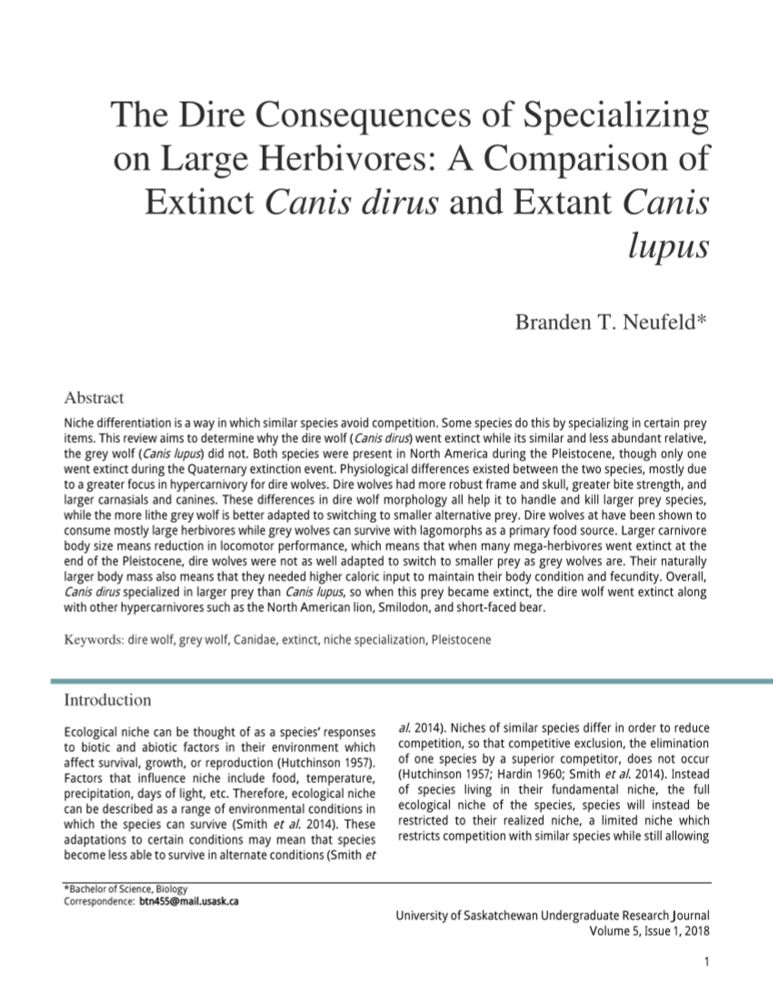
(PDF) The Dire Consequences of Specializing on Large Herbivores
PDF | Niche differentiation is a way in which similar species avoid competition. Some species do this by specializing in certain prey items. This review... | Find, read and cite all the research you n...
www.researchgate.net








